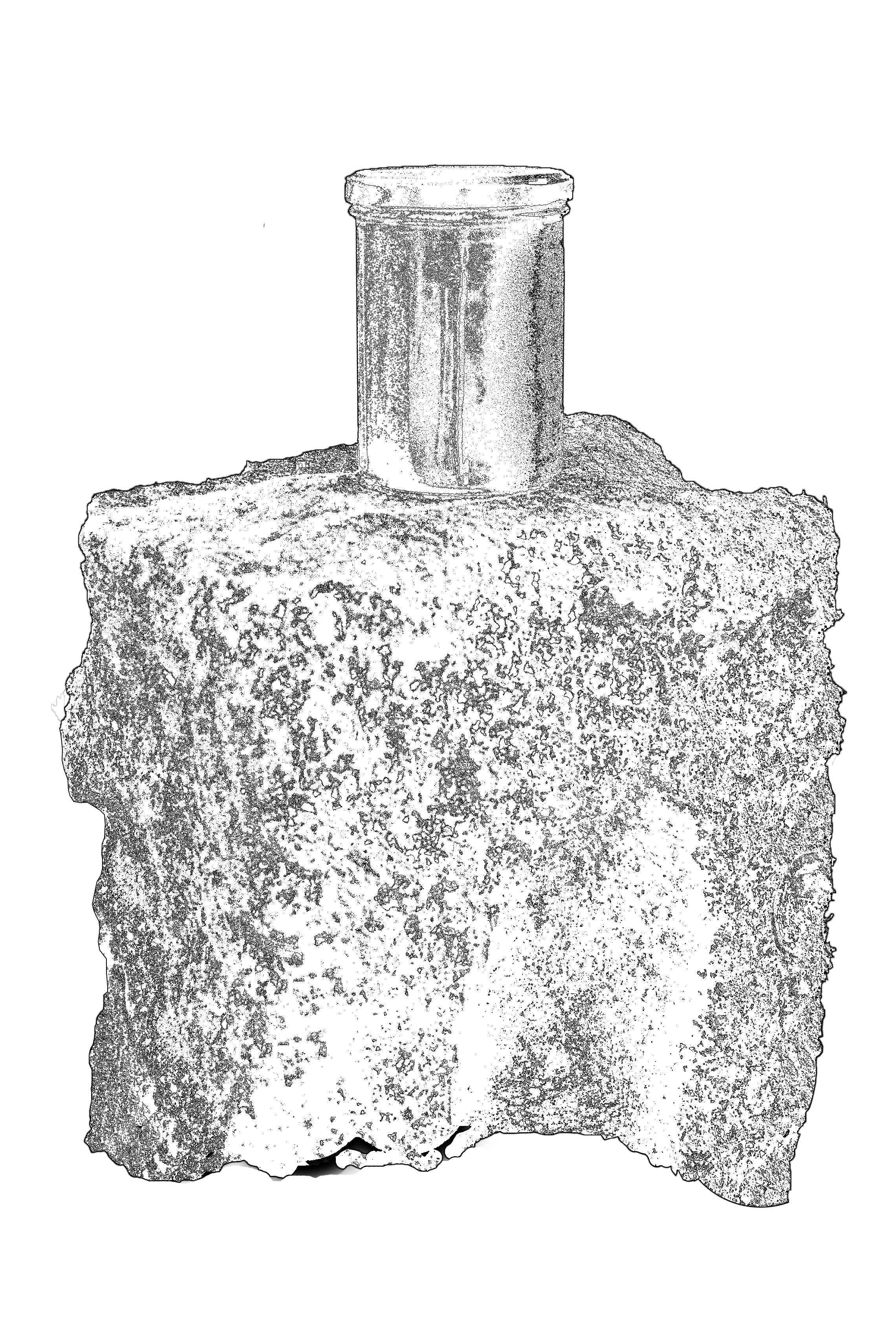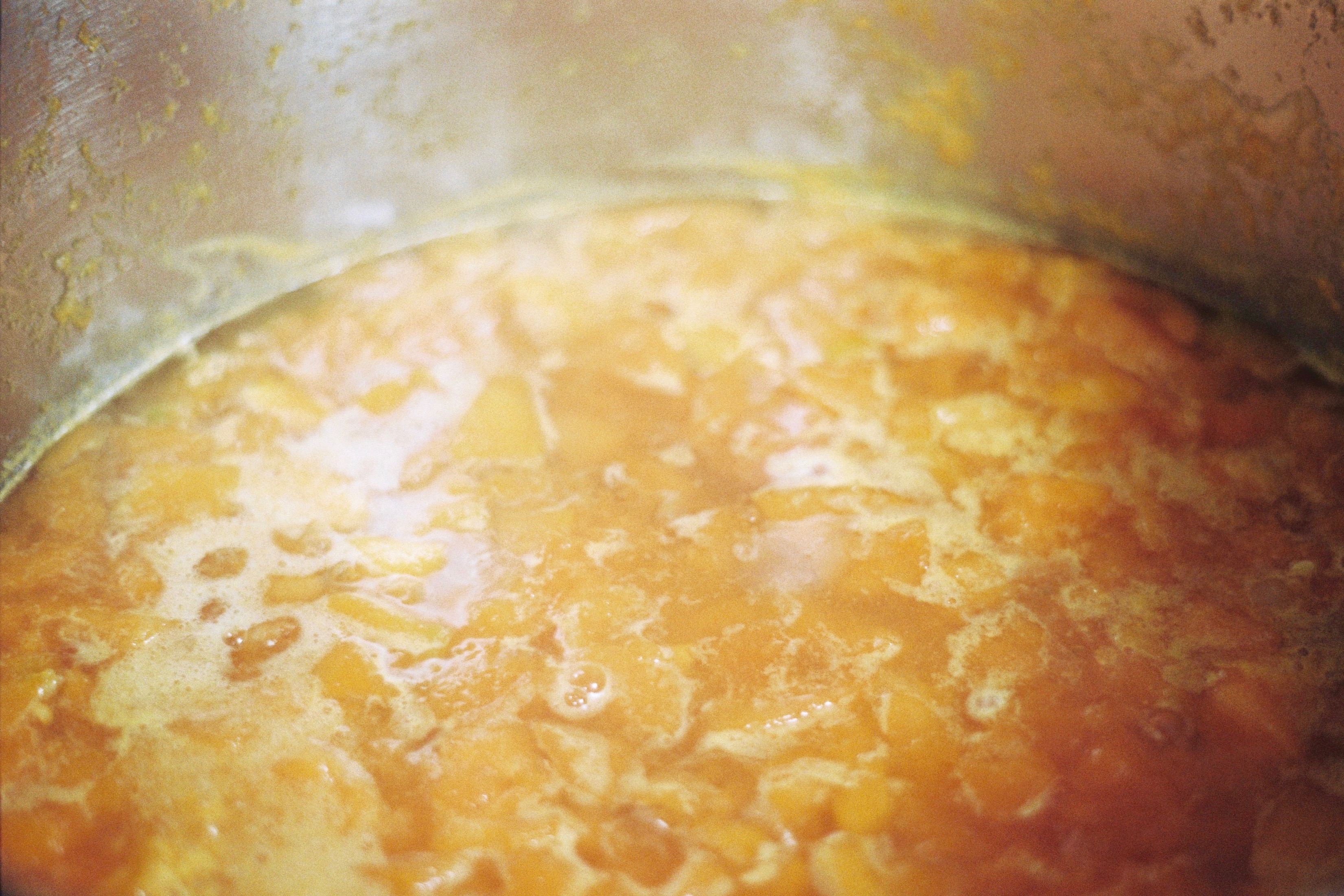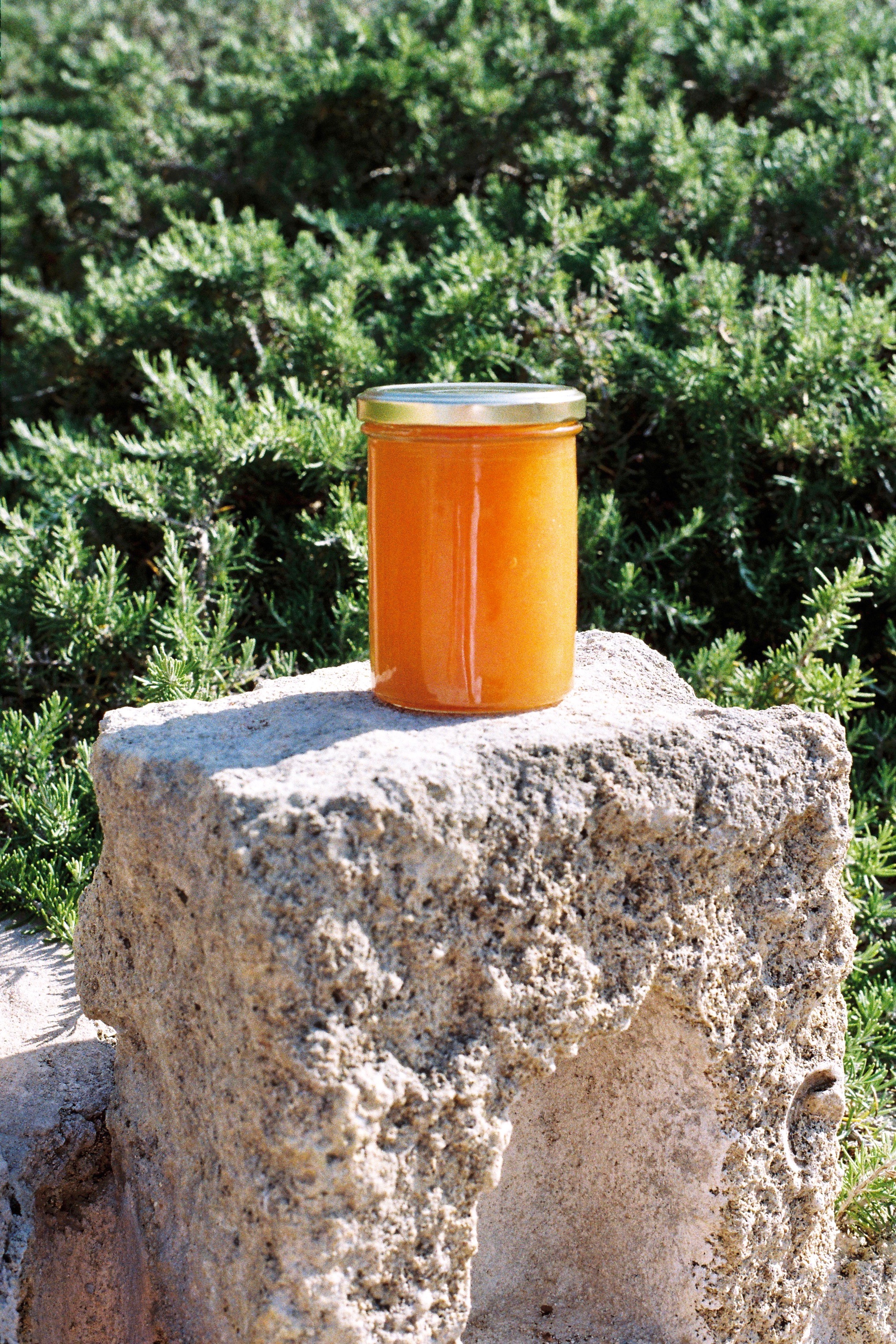

DETAILS:
What to Keep? Preservations in Pierre-Bénite →
Curated by Adeline Lepine
La Biennale de Lyon et Veduta →
Pierre-Bénite, France
June 27th to July 3rd, 2022
2021
What to Keep? Preservations in Pierre-Bénite →
Curated by Adeline Lepine
La Biennale de Lyon et Veduta →
Pierre-Bénite, France
June 27th to July 3rd, 2022
2021
Grace Denis' working materials are sound, image, and the edible. She gathers these elements in the form of interactive installations or hospitable situations that are rooted in agricultural research, an exploration of the dynamics of biodiversity, or the experimentation of a specific cultivation process that can itself be linked to a lunar cycle. Attached to collaboration and participatory action research, her artistic proposals are conceived primarily with farmers and subsequently invites other know-how, particularly those of the kitchen. The meal or the common consumption of edible matter materials become considered as poetic tools of transmission and mediation that invite us to reconsider the way in which "we have desensitized our relationship to consumption" while (re)becoming aware of our relationship to the living.
In Pierre-Bénite, Grace Denis has been invited by Veduta to work on the history of the local soil and the recent establishment of an Urban Farm following the demolition of a housing block in the Arcades sector, and in a desire to link the city center and the Haute Roche district. After having investigated the history of local agriculture and identified typical species of Pierre-Bénite, such as a native melon and Batavia, she will accompany volunteer chefs to join her to exchange around the notion of preservation, a starting point allowing a collective contemplation of both the perpetuation of a history and the protection of species, and more broadly of local ecology. The whole will take the form of a convivial research-action inviting other inhabitants to gather around this celebration of local fertility while opening the space for a collective reflection about our contemporary lifestyles and our ways of consuming.
Text by Adeline Lepine, Veduta/La Biennale de Lyon
As part of the 16th Biennale de Lyon, Grace Denis was invited to facilitate a series of interventions by Veduta, the biennale’s program galvanizing links between art, the city, and the people through exchanges in fifteen territories across the Lyon metropolitan and Auvergne-Rhône-Alpes region. The initial research commenced with an investigation on Le Jardin de Maguy, an urban farm in the Arcades sector of Pierre-Bénite, constructed in 2020, cultivating produce for the canteen of local elementary schools. Research of the predominant agricultural histories of the locale, which had been historically supplying metropolitan Lyon with fresh produce, revealed two endemic species tethered to the town’s history; the first being Batavia, a large leafy lettuce, and the second a namesake orange melon. However, an on-site investigation of the prevalence of the two species, either in markets or gardens, revealed that they had likely been rendered extinct, perhaps due to a lack of continuous cultivation. What to Keep? Preservations in Pierre-Bénite is an examination of local terroir, ruminating upon urbanization and the subsequent threats it posits to the extinction of local species. What happens when an endemic species goes extinct, and what does this loss signify? How to cope with the loss imbued into increasing urbanization of that which was previously a rich rural and agricultural context? A visit to local archives of the city provided aerial views of the disintegration of land used for cultivation practices, conveying an increasing disappearance of arable land, replaced by industrial and urban structures, rupturing the perpetuation of local agricultural production. What else, tangible or not, falls prey to extinction in the urbanization of the rural?
In May 2022, a report was released exposing notable toxicity in the soils from fluoropolymers, also known as forever chemicals for their inability to naturally break down and instead accumulate in humans and environments over time, likely seeping from a neighboring factory. The report ignited a halt in the consumption of all produce on-site, generating a haunting armature of potential abundance. Upon an initial site visit, the dystopic vision of a terrain saturated with ripe vegetables unavailable for consumption, and rather continuously watered for testing, prompted reflections on loss tethered to realities of chemical waste, with the garden in a juxtaposed stagnancy. Taking preservation as a metaphor, the workshops looked at the act of preserving as a catalyst to discuss resilience, collectively working in a public kitchen of the town to create a preserve made out of melon, in homage to the lost species. The workshops took the form of convivial research-action, inviting inhabitants to reflect on consumption, culminating in a moment of cooking together for the finissage of an exhibition curated by Veduta and a local school, with a collectively constructed menu made with children of the town.
Special thanks to Adeline Lepine and Fanny Ventre of Veduta, Benoît Martin of La Ville de Pierre-Bénite, and Bruno Tachon of Les Archives de Pierre-Bénite, and all participants of the workshops.
In Pierre-Bénite, Grace Denis has been invited by Veduta to work on the history of the local soil and the recent establishment of an Urban Farm following the demolition of a housing block in the Arcades sector, and in a desire to link the city center and the Haute Roche district. After having investigated the history of local agriculture and identified typical species of Pierre-Bénite, such as a native melon and Batavia, she will accompany volunteer chefs to join her to exchange around the notion of preservation, a starting point allowing a collective contemplation of both the perpetuation of a history and the protection of species, and more broadly of local ecology. The whole will take the form of a convivial research-action inviting other inhabitants to gather around this celebration of local fertility while opening the space for a collective reflection about our contemporary lifestyles and our ways of consuming.
Text by Adeline Lepine, Veduta/La Biennale de Lyon
As part of the 16th Biennale de Lyon, Grace Denis was invited to facilitate a series of interventions by Veduta, the biennale’s program galvanizing links between art, the city, and the people through exchanges in fifteen territories across the Lyon metropolitan and Auvergne-Rhône-Alpes region. The initial research commenced with an investigation on Le Jardin de Maguy, an urban farm in the Arcades sector of Pierre-Bénite, constructed in 2020, cultivating produce for the canteen of local elementary schools. Research of the predominant agricultural histories of the locale, which had been historically supplying metropolitan Lyon with fresh produce, revealed two endemic species tethered to the town’s history; the first being Batavia, a large leafy lettuce, and the second a namesake orange melon. However, an on-site investigation of the prevalence of the two species, either in markets or gardens, revealed that they had likely been rendered extinct, perhaps due to a lack of continuous cultivation. What to Keep? Preservations in Pierre-Bénite is an examination of local terroir, ruminating upon urbanization and the subsequent threats it posits to the extinction of local species. What happens when an endemic species goes extinct, and what does this loss signify? How to cope with the loss imbued into increasing urbanization of that which was previously a rich rural and agricultural context? A visit to local archives of the city provided aerial views of the disintegration of land used for cultivation practices, conveying an increasing disappearance of arable land, replaced by industrial and urban structures, rupturing the perpetuation of local agricultural production. What else, tangible or not, falls prey to extinction in the urbanization of the rural?
In May 2022, a report was released exposing notable toxicity in the soils from fluoropolymers, also known as forever chemicals for their inability to naturally break down and instead accumulate in humans and environments over time, likely seeping from a neighboring factory. The report ignited a halt in the consumption of all produce on-site, generating a haunting armature of potential abundance. Upon an initial site visit, the dystopic vision of a terrain saturated with ripe vegetables unavailable for consumption, and rather continuously watered for testing, prompted reflections on loss tethered to realities of chemical waste, with the garden in a juxtaposed stagnancy. Taking preservation as a metaphor, the workshops looked at the act of preserving as a catalyst to discuss resilience, collectively working in a public kitchen of the town to create a preserve made out of melon, in homage to the lost species. The workshops took the form of convivial research-action, inviting inhabitants to reflect on consumption, culminating in a moment of cooking together for the finissage of an exhibition curated by Veduta and a local school, with a collectively constructed menu made with children of the town.
Special thanks to Adeline Lepine and Fanny Ventre of Veduta, Benoît Martin of La Ville de Pierre-Bénite, and Bruno Tachon of Les Archives de Pierre-Bénite, and all participants of the workshops.
WHAT TO KEEP? PRESERVATIONS IN PIERRE-BÉNITE IS AN EXAMINATION OF LOCAL TERROIR, RUMINATING UPON URBANIZATION AND THE SUBSEQUENT THREATS IT POSITS TO THE EXTINCTION OF LOCAL SPECIES. WHAT HAPPENS WHEN AN ENDEMIC SPECIES GOES EXTINCT, AND WHAT DOES THIS LOSS SIGNIFY?





